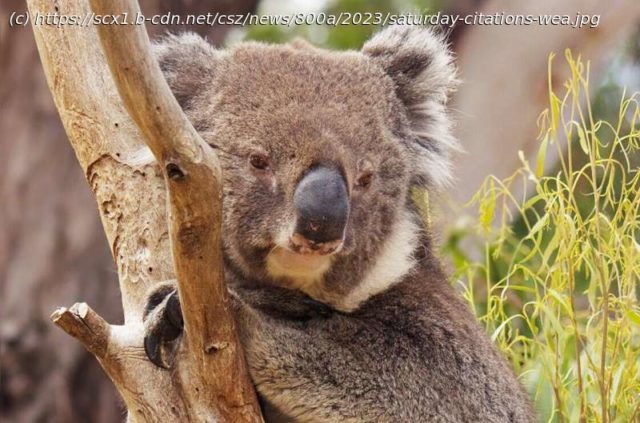This week, we looked at the swirling chaos around supermassive black holes, anthropogenic climate effects over the Atlantic ocean and the threats to koala bears.
we looked at the swirling chaos around supermassive black holes, anthropogenic climate effects over the Atlantic ocean and the threats to koala bears.
Researchers based in the United States and the Netherlands report that they can predict the motion of 27 stars chaotically orbiting Sagittarius A*, the black hole at the center of the Milky Way, over only 462 years before prediction confidence plummets, an “astonishingly short” period. Via a computer program they developed in 2018, it is possible to predict with confidence the movements of solar system objects for 12 million years.
The reasons for the shorter horizon at Sag A* include the fact that the area around the black hole is populated with stellar-mass objects rather than the relatively light and portable planetary bodies of the solar system. But the system around Sag A* is also “30,000 times more chaotic,” according to the researchers, because when two or three stars approach each other closely, their mutual gravitational shoving leads to variations in their orbits, which also push on the black hole, thereby affecting all 27 stars in the cluster.
It’s a hardcore stellar mosh pit, by contrast with the solar system’s Jane Austen-like cotillion of stately English country dancing.






